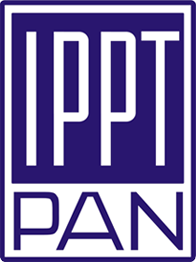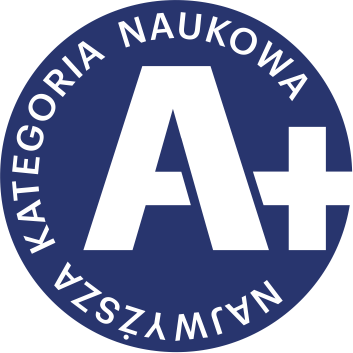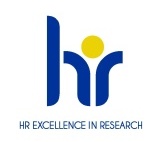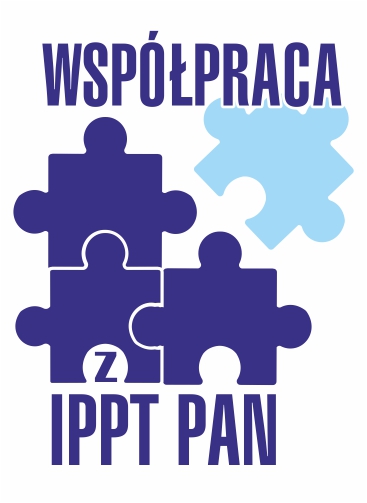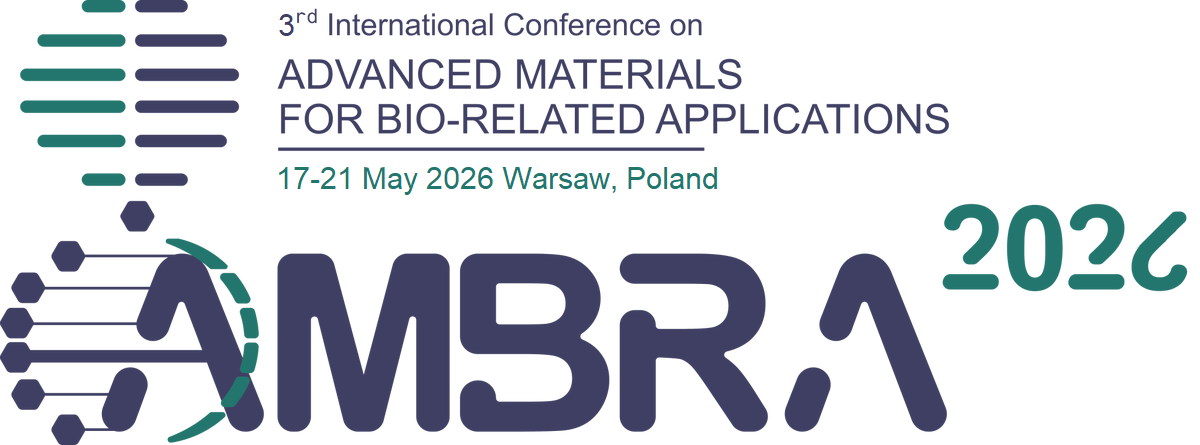| 1. |
Zieliński T.G., Opiela K.C., Pawłowski P., Dauchez N.♦, Boutin T.♦, Kennedy J.♦, Trimble D.♦, Rice H.♦, Van Damme B.♦, Hannema G.♦, Wróbel R.♦, Kim S.♦, Ghaffari Mosanenzadeh S.♦, Fang N.X.♦, Yang J.♦, Briere de La Hosseraye B.♦, Hornikx M.C.J.♦, Salze E.♦, Galland M.-A.♦, Boonen R.♦, Carvalho de Sousa A.♦, Deckers E.♦, Gaborit M.♦, Groby J.-P.♦, Reproducibility of sound-absorbing periodic porous materials using additive manufacturing technologies: round robin study,
Additive Manufacturing, ISSN: 2214-8604, DOI: 10.1016/j.addma.2020.101564, Vol.36, pp.101564-1-24, 2020 Streszczenie:
The purpose of this work is to check if additive manufacturing technologies are suitable for reproducing porous samples designed for sound absorption. The work is an inter-laboratory test, in which the production of samples and their acoustic measurements are carried out independently by different laboratories, sharing only the same geometry codes describing agreed periodic cellular designs. Different additive manufacturing technologies and equipment are used to make samples. Although most of the results obtained from measurements performed on samples with the same cellular design are very close, it is shown that some discrepancies are due to shape and surface imperfections, or microporosity, induced by the manufacturing process. The proposed periodic cellular designs can be easily reproduced and are suitable for further benchmarking of additive manufacturing techniques for rapid prototyping of acoustic materials and metamaterials. Słowa kluczowe:
porous materials, designed periodicity, additive manufacturing, sound absorption Afiliacje autorów:
| Zieliński T.G. | - | IPPT PAN | | Opiela K.C. | - | IPPT PAN | | Pawłowski P. | - | IPPT PAN | | Dauchez N. | - | Sorbonne University Alliance (FR) | | Boutin T. | - | Sorbonne University Alliance (FR) | | Kennedy J. | - | Trinity College (IE) | | Trimble D. | - | Trinity College (IE) | | Rice H. | - | Trinity College (IE) | | Van Damme B. | - | inna afiliacja | | Hannema G. | - | inna afiliacja | | Wróbel R. | - | inna afiliacja | | Kim S. | - | inna afiliacja | | Ghaffari Mosanenzadeh S. | - | inna afiliacja | | Fang N.X. | - | inna afiliacja | | Yang J. | - | Clemson University (US) | | Briere de La Hosseraye B. | - | inna afiliacja | | Hornikx M.C.J. | - | inna afiliacja | | Salze E. | - | inna afiliacja | | Galland M.-A. | - | École Centrale de Lyon (FR) | | Boonen R. | - | inna afiliacja | | Carvalho de Sousa A. | - | inna afiliacja | | Deckers E. | - | Katholieke Universiteit Leuven (BE) | | Gaborit M. | - | inna afiliacja | | Groby J.-P. | - | inna afiliacja |
|  | 200p. |
| 2. |
Metwally S.♦, Ferraris S.♦, Spriano S.♦, Krysiak Z.♦, Kaniuk ♦, Marzec M. M.♦, Kim Sung K.♦, Szewczyk P. K.♦, Gruszczyński A.♦, Wytrwal-Sarna M.♦, Karbowniczek J. E.♦, Bernasik A.♦, Kar-Narayan S.♦, Stachewicz U.♦, Surface potential and roughness controlled cell adhesion and collagen formation in electrospun PCL fibers for bone regeneration,
MATERIALS AND DESIGN, ISSN: 0264-1275, DOI: 10.1016/j.matdes.2020.108915, Vol.194, pp.108915-1-11, 2020 Streszczenie:
Surface potential of biomaterials is a key factor regulating cell responses, driving their adhesion and signaling in tissue regeneration. In this study we compared the surface and zeta potential of smooth and porous electrospun polycaprolactone (PCL) fibers, as well as PCL films, to evaluate their significance in bone regeneration. The ’ surface potential of the fibers was controlled by applying positive and negative voltage polarities during the electrospinning. The surface properties of the different PCL fibers and films were measured using X-ray photoelectron spectroscopy (XPS) and Kelvin probe force microscopy (KPFM), and the zeta potential was measured using the electrokinetic technique. The effect of surface potential on the morphology of bone cells was examined using advanced microcopy, including 3D reconstruction based on a scanning electron microscope with a focused ion beam (FIB-SEM). Initial cell adhesion and collagen formation were studied using fluorescence microscopy and Sirius Red assay respectively, while calcium mineralization was confirmed with energy-dispersive x-ray (EDX) and Alzarin Red staining. These studies revealed that cell adhesion is driven by both the surface potential and morphology of PCL fibers. Furthermore, the ability to tune the surface potential of electrospun PCL scaffolds provides an essential electrostatic handle to enhance cell-material interaction and cellular activity, leading to controllable morphological changes. Słowa kluczowe:
Surface potential,Kelvin probe force microscopy,Zeta potential,Cells,Adhesion,Mineralization Afiliacje autorów:
| Metwally S. | - | inna afiliacja | | Ferraris S. | - | inna afiliacja | | Spriano S. | - | inna afiliacja | | Krysiak Z. | - | inna afiliacja | | Kaniuk | - | inna afiliacja | | Marzec M. M. | - | inna afiliacja | | Kim Sung K. | - | inna afiliacja | | Szewczyk P. K. | - | inna afiliacja | | Gruszczyński A. | - | inna afiliacja | | Wytrwal-Sarna M. | - | inna afiliacja | | Karbowniczek J. E. | - | inna afiliacja | | Bernasik A. | - | inna afiliacja | | Kar-Narayan S. | - | inna afiliacja | | Stachewicz U. | - | AGH University of Science and Technology (PL) |
|  |


